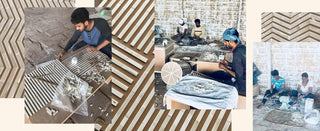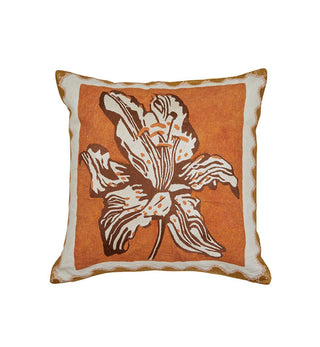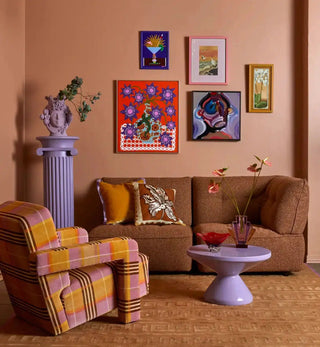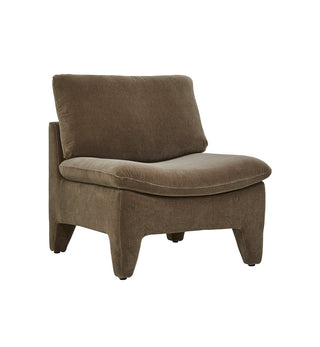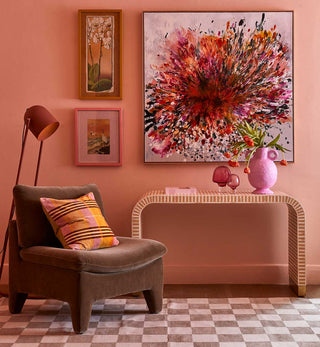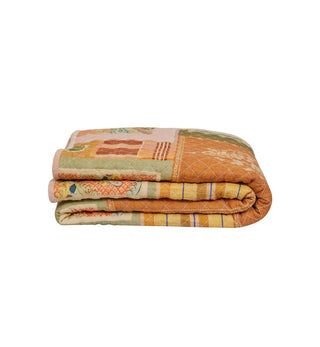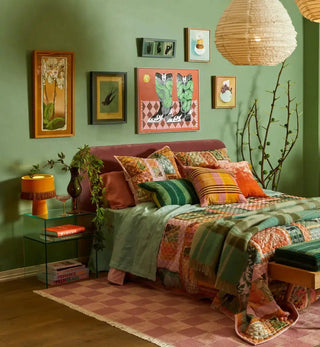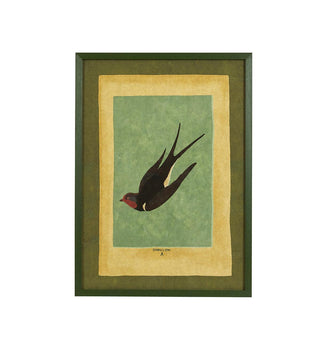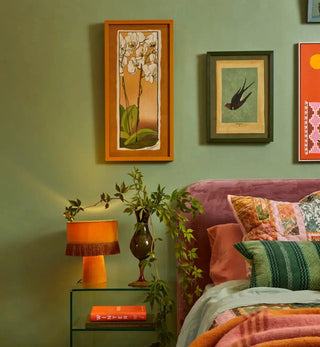The centuries-old craft of bone inlay is steeped in tradition, culture and creativity, and today’s homemakers are now rediscovering the beauty of this unique decorative method.
What is bone inlay?
Bone inlay is a decorative technique that requires an artisan to hand-carve pieces of bone into small shapes. They then embed those shapes into the surface of an object, such as furniture & homewares.
Bone shards were initially laid in mosaic designs that were simple and organic, but the practice eventually came to welcome complex geometric, floral, fishtail and herringbone installations. Coloured resin is then used to fill the space around the bone to create a smooth finish.
Bone inlay furniture and homewares have been part of the Fenton & Fenton range since they first opened back in 2008. Since then, they’ve worked with artisans in Rajasthan to recreate traditional patterns as well as create their own patterns on their own unique designs.

History of bone inlay
Although evidence suggests the art of bone inlay was present in ancient Egypt, and popular on the continents of Africa and Asia in the 15th century, in Japan during the 18th century and then later in Europe, it’s largely believed to have originated in Rajasthan, India.
It has been said that Maharajas commissioned elite artisans to encrust furniture and artefacts with bone inlay to furnish the royal palaces of the Northern state to convey their status and wealth.
Since then, the craft has become ingrained into the local culture. The resurging popularity of bone inlay furniture today has renewed interest in the teaching and undertaking of this craft, ensuring it’s preserved for future generations.
How is bone inlay done?
Like other traditional handicrafts, the art of bone inlay is passed down from generation to generation within families. The same techniques that defined the discipline hundreds of years ago are the very same that are taught today.
However, the style developed by each family of artisans is influenced by the society and place to which they belong, resulting in unique pieces of art that reflect the cultural identity of the people who create them.
All bone inlay – and the carving of bone - is done by hand and no two pieces are the same.

How are the bones sourced?
The bones used are predominantly sourced from the discarded carcasses of buffalo and camels who have died of natural causes. The species chosen depends on the origin of the artisans.
It’s described as being an environmentally-sound practice that inflicts no cruelty upon animals, and a practical yet beautiful form of recycling. Our bone inlay products, such as the commodes, utilise buffalo bone.
How do you care for bone inlay furniture?
It’s best to dust your bone inlay furniture regularly and keep it out of direct sunlight. If spills occur on your piece, be sure to dry them immediately with a soft cloth, but avoid using abrasive or caustic cleaners, waxes or polishes on your bone inlay products.
Visit our Fenton & Fenton Showroom or head online to view our Bone Inlay collection.


